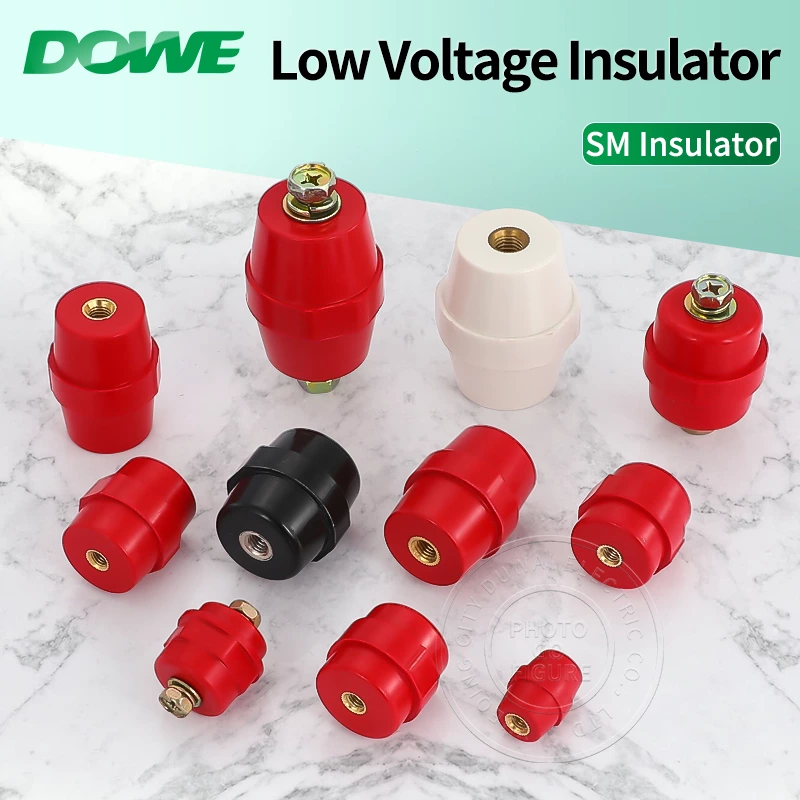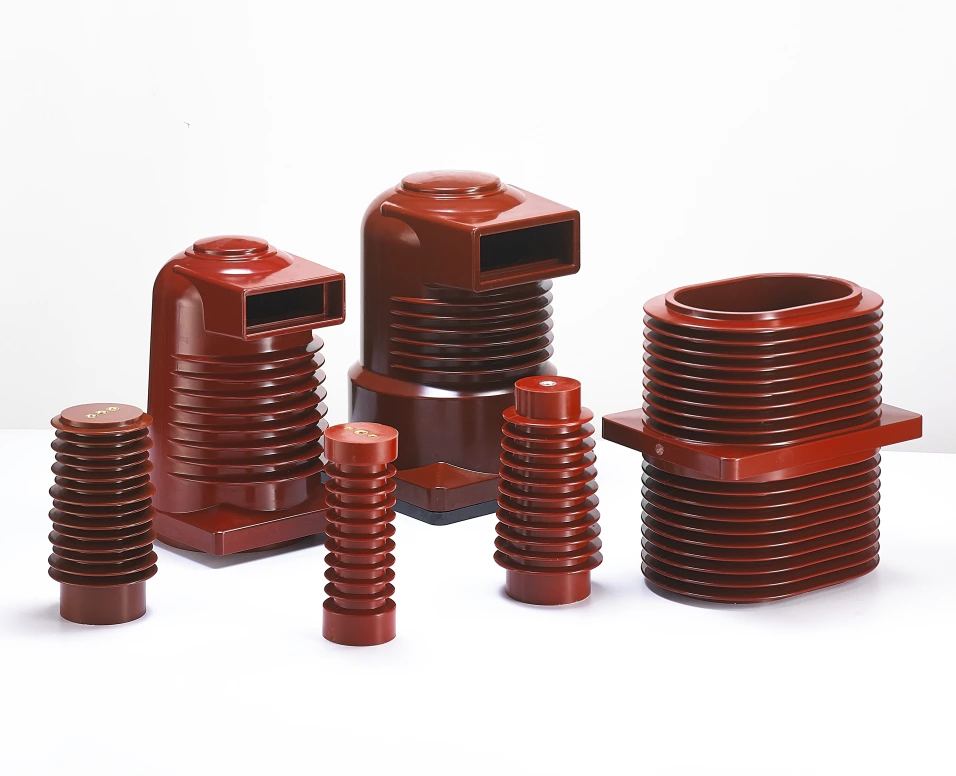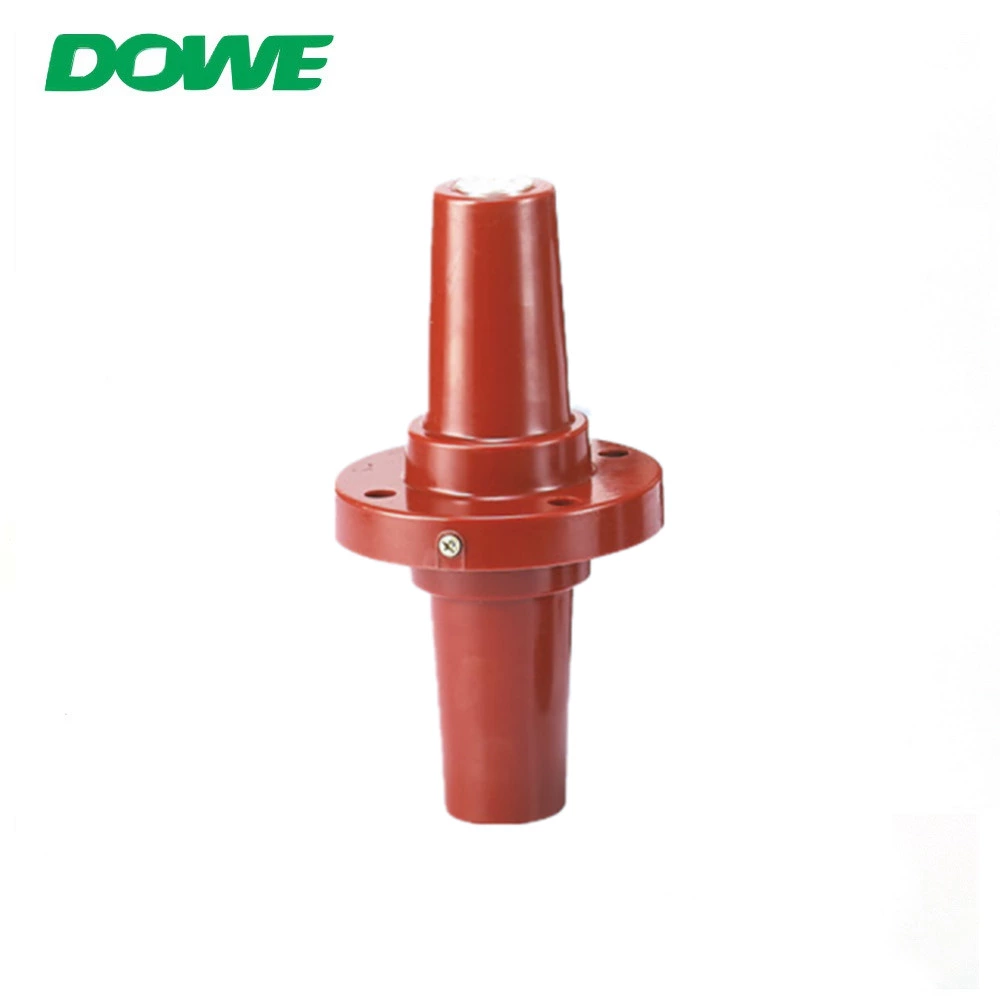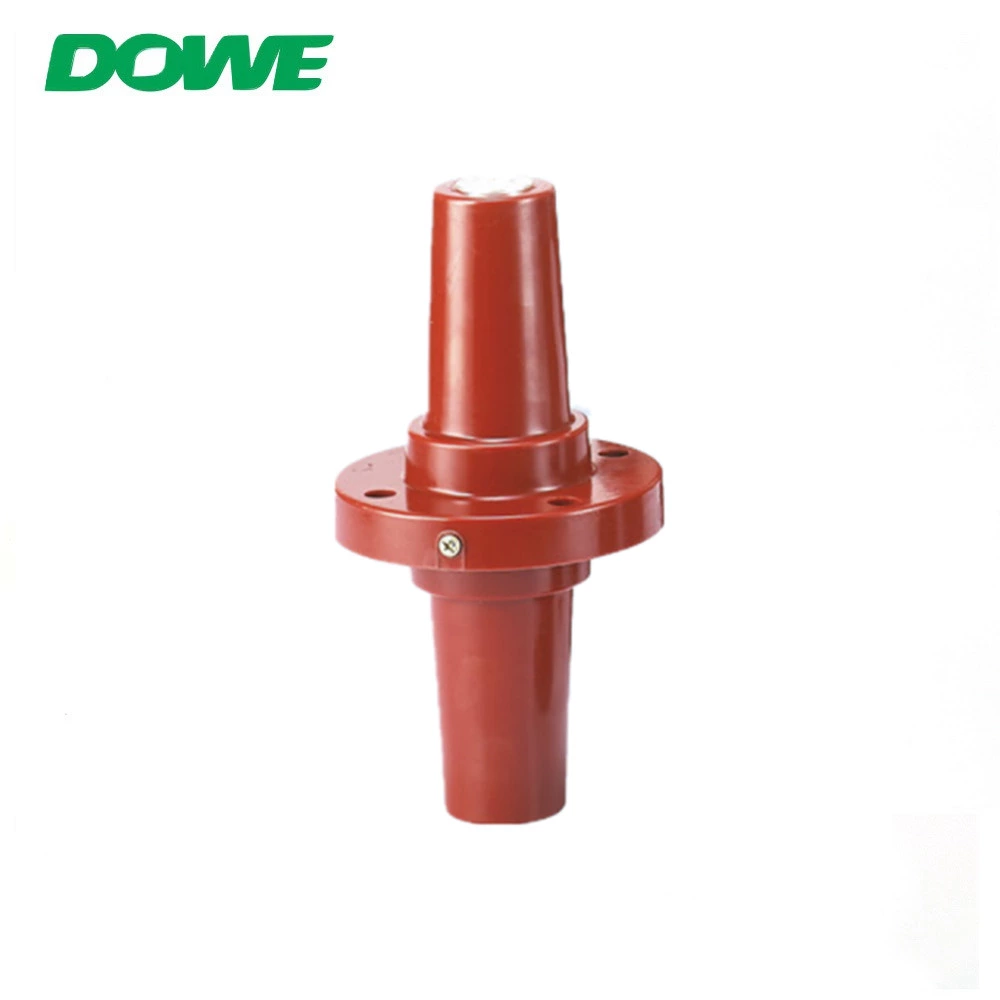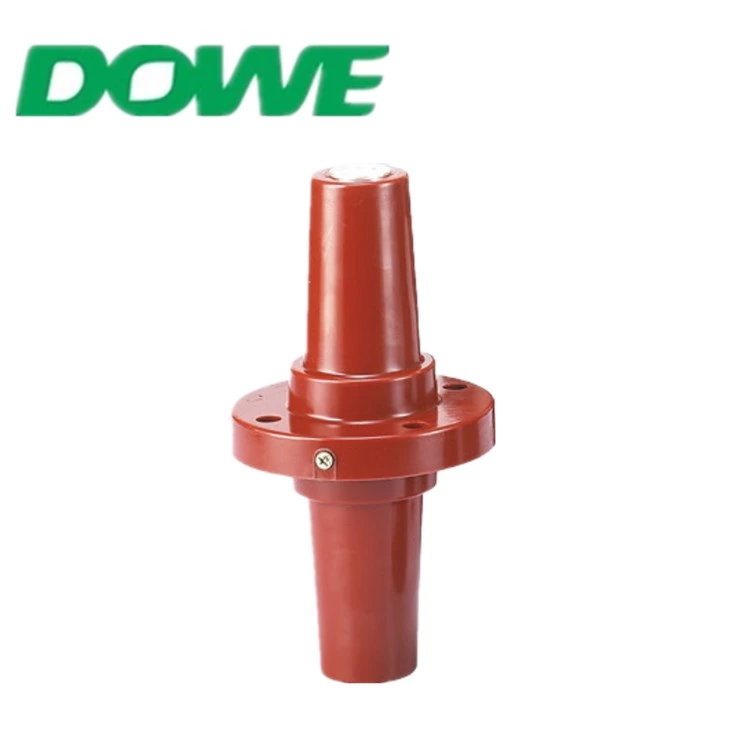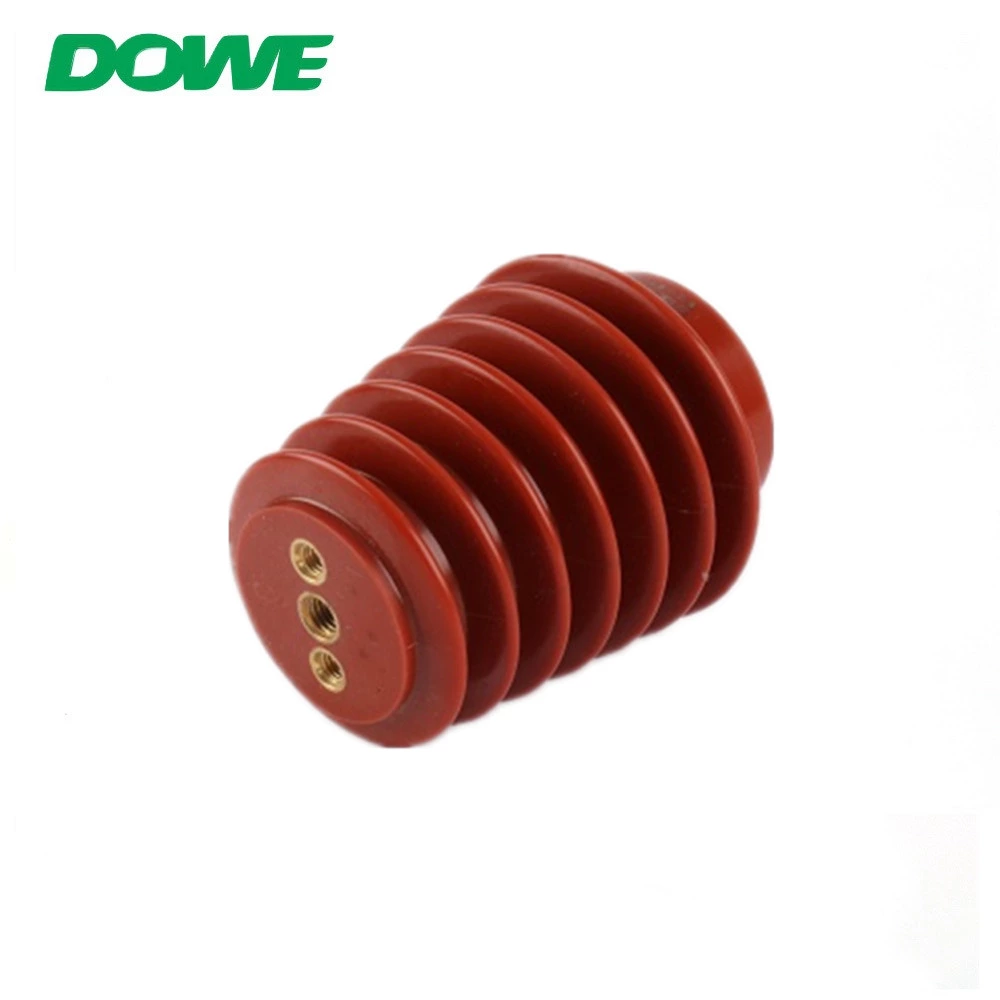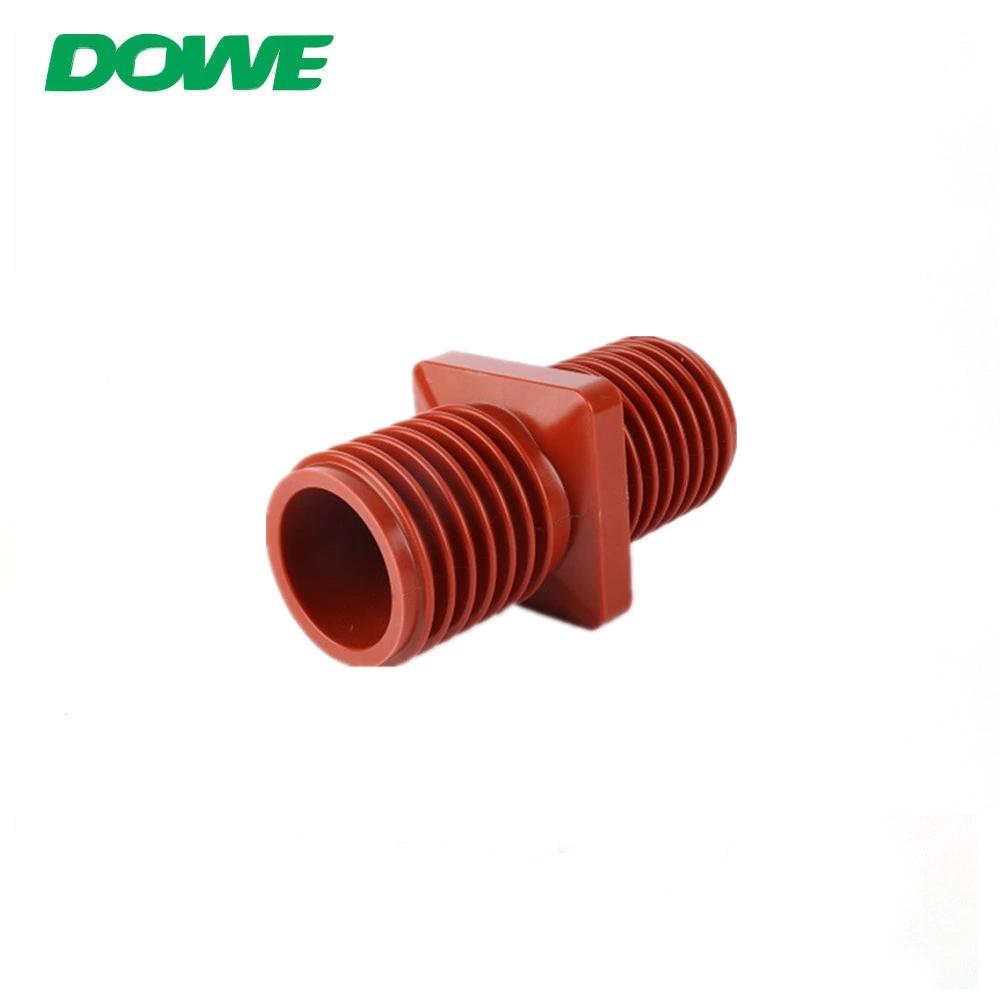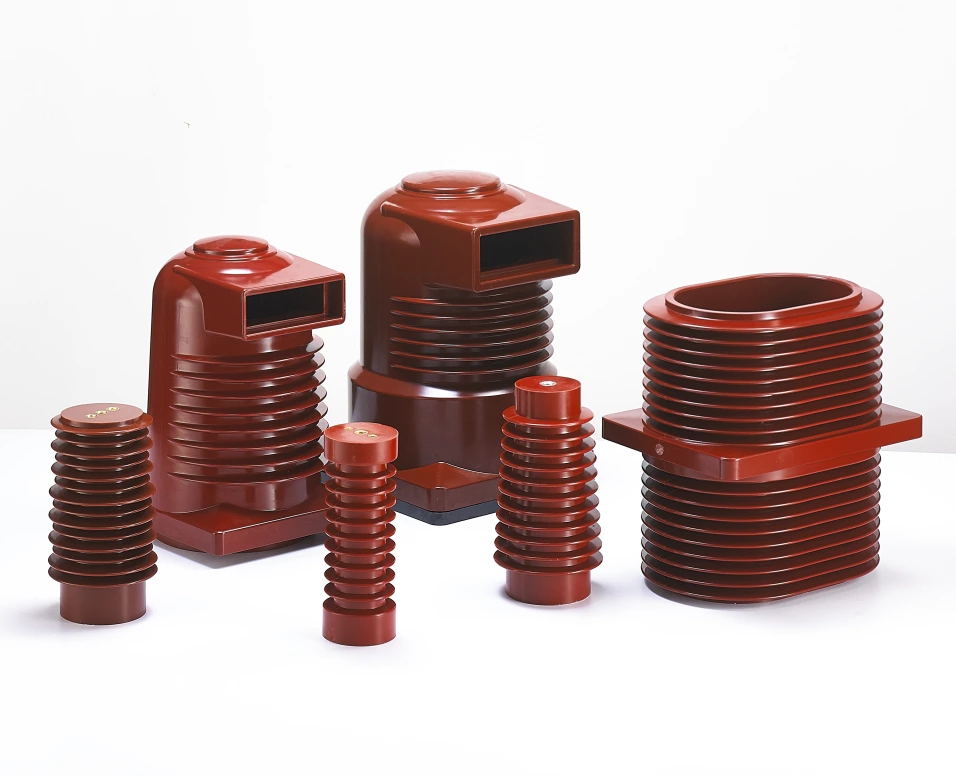Navigating the Correspondence Table for High-Voltage Busbar Heat Shrinkable Tubes and Copper Bars: A Guide to Choosing the Right Specifications
Busbar heat shrinkable tube refers to the insulating heat shrinkable tube used for 1KV, 10KV and 35KV voltage copper bars or busbars, and is used for the insulation protection of the busbar. When used, the set is heated on the busbar and then shrinks on the busbar, which plays the role of safety protection or insulation and phase color (regular colors: yellow, iron red, green, black) to shorten the distance between phases.
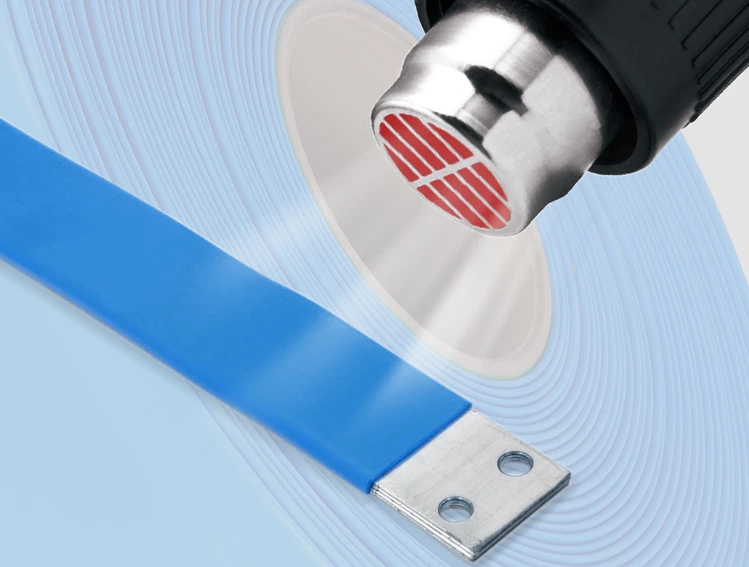
1. Determine the voltage level
First, select the busbar heat shrinkable tube with the corresponding voltage according to the voltage environment of the busbar. Generally, the busbar heat shrinkable tube has three voltage levels: 1KV, 10KV and 35KV. Different voltage levels have different thicknesses and different prices. Therefore, when selecting busbar heat shrinkable tubes, we must first select the corresponding voltage level, and then refer to the corresponding table according to the voltage level to select the corresponding specifications.
2. Correspondence table between heat shrink tube and copper bar
The specifications and models of busbars and heat shrink tubes are called in different ways, which will involve a matching problem between the two. The size of the busbar is determined based on the current used. Generally, the size of the busbar we choose is the conventional size. You can directly refer to the specification table to select the specifications of the busbar heat shrink tube. The following mainly uses the three commonly used heat shrink tubes, 1KV, 10KV and 35KV, as a corresponding table.
| Correspondence table between 1KV busbar heat shrink tube and copper bar | ||||||
| Specification(mm) | Before contraction(mm) | After shrinkage(mm) | Applicable busbar width | Packing | ||
| the inside diameter of | wall thickness | the inside diameter of | wall thickness | meters/roll | ||
| 1kV 30 | 31.5 | 0.5 | ≤15 | 1 | 30 | 50 |
| 1kV 35 | 36.5 | 0.5 | ≤17.5 | 1 | 35 | 50 |
| 1kV 40 | 41.5 | 0.55 | ≤20 | 1 | 40 | 50 |
| 1kV 45 | 46.5 | 0.55 | ≤22.5 | 1 | 45 | 25 |
| 1kV 50 | ≥50 | 0.55 | ≤25 | 1.1 | 50 | 25 |
| 1kV 60 | ≥60 | 0.6 | ≤30 | 1.2 | 60 | 25 |
| 1kV 70 | ≥70 | 0.65 | ≤35 | 1.3 | 70 | 25 |
| 1kV 80 | ≥80 | 0.65 | ≤40 | 1.3 | 80/100 | 25 |
| 1kV 90 | ≥90 | 0.65 | ≤45 | 1.3 | 100 | 25 |
| 1kV 100 | ≥100 | 0.65 | ≤50 | 1.3 | 100/120 | 25 |
| 1kV 120 | ≥120 | 0.65 | ≤60 | 1.3 | 150 | 25 |
| 1kV 150 | ≥150 | 0.65 | ≤70 | 1.3 | 180 | 25 |
| 1kV 180 | ≥180 | 0.65 | ≤90 | 1.3 | MAX | 25 |
| Correspondence table between 10KV busbar heat shrink tube and copper bar | ||||||
| 10kV 15/6 | ≥15 | 1 | ≤6 | 2.5 | 15/12 | 25 |
| 10kV 20/8 | ≥20 | 1 | ≤8 | 2.5 | 20/15 | 25 |
| 10kV 25/10 | ≥25 | 1 | ≤10 | 2.5 | 25/18 | 25 |
| 10kV 30/12 | ≥30 | 1 | ≤12 | 2.5 | 30/20 | 25 |
| 10kV 40/16 | ≥40 | 1.2 | ≤16 | 2.8 | 40/30 | 25 |
| 10kV 50/20 | ≥50 | 1.2 | ≤20 | 2.8 | 50/35 | 25 |
| 10kV 60/24 | ≥60 | 1.2 | ≤24 | 2.8 | 60/45 | 25 |
| 10kV 70/28 | ≥70 | 1.2 | ≤28 | 2.8 | 70/50 | 25 |
| 10kV 80/32 | ≥80 | 1.2 | ≤32 | 2.8 | 80/55 | 25 |
| 10kV 100/40 | ≥100 | 1.2 | ≤40 | 2.8 | 100/75 | 25 |
| 10kV 120/48 | ≥120 | 1.2 | ≤48 | 2.8 | 120/85 | 25 |
| 10kV 150/60 | ≥150 | 1.2 | ≤60 | 2.8 | 150/105 | 25 |
| 10kV 180/72 | ≥180 | 1.2 | ≤72 | 2.8 | 180/120 | 25 |
| Correspondence table between 35KV busbar heat shrink tube and copper bar | ||||||
| 35kV 30 | 30 | 2 | 15 | 4 | 30 | 25 |
| 35kV 40 | 40 | 2 | 18 | 4 | 40 | 25 |
| 35kV 50 | 50 | 2.2 | 22 | 4.5 | 50 | 25 |
| 35kV 65 | 65 | 2.2 | 26 | 4.5 | 60 | 25 |
| 35kV 80 | 80 | 2.2 | 33 | 4.5 | 80/100 | 25 |
| 35kV 100 | 100 | 2.5 | 40 | 4.5 | 100/120 | 25 |
| 35kV 120 | 120 | 2.5 | 50 | 5 | 150 | 25 |
| 35kV 150 | 150 | 2.5 | 60 | 5 | 200 | 25 |
| 35kV 180 | 180 | 2.5 | 72 | 5 | MAX | 25 |
| 35kV 210 | 210 | 2.2 | 80 | 5 | MAX | 25 |
1. If you choose a busbar heat-shrinkable tube that is too small, the thickness of the heat-shrinkable tube after use may be too thin, failing to achieve the safe insulation effect, or the busbar heat-shrinkable tube may rupture.
2. If you choose a busbar heat shrink tube that is too large, the heat shrink tube may not shrink tightly after use, or may have shrunken appearance and wrinkles.
Generally, when choosing busbar heat shrinkable tubes, we don’t know what size of busbar heat shrinkable tubes should be used for the size of the copper bar. Through today’s brief introduction to the correspondence table between heat shrinkable tubes and copper bars, I hope it can help more people and make it more intuitive. You can directly choose the appropriate busbar heat shrinkable tube. Please refer to the above correspondence table. For detailed information, please consult online customer service, which will provide you with free technical consultation.
